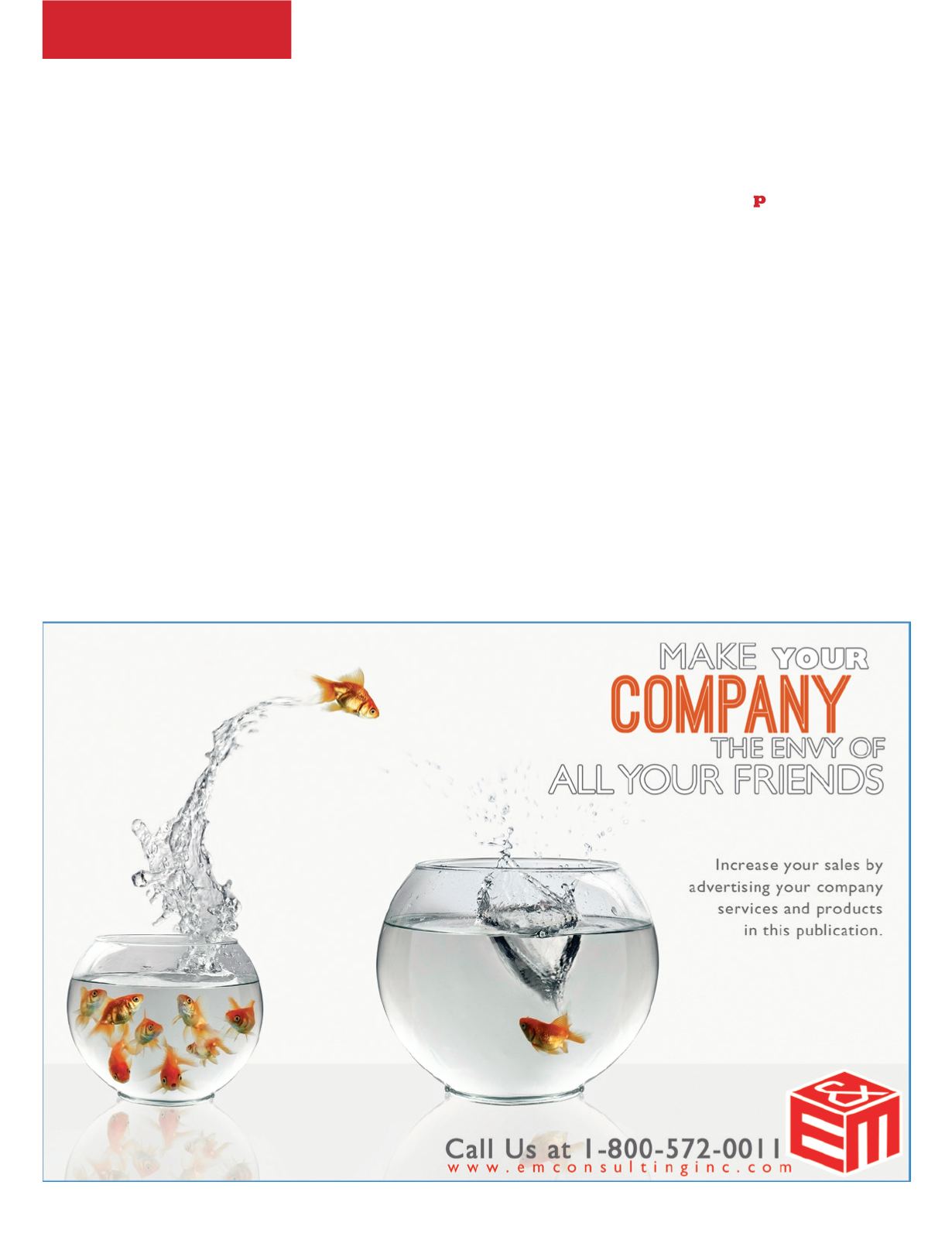
28
pace
>>
FALL 2013
Update >>
or simply survive. Build a bank account
of trust when times are good, and you’ll
have good options come crunch time.
Tomorrow: Think about where your
organization may be vulnerable. For
medical societies, the vulnerability
may center on how the public perceives
your relationship with industry
partners. Once you’ve identified the
vulnerabilities, ask yourself whether
or not your organization is a positive
example of how to conduct business
and what else you might do to be seen
as a leader on the subject.
Whether you’re a medical society or
a manufacturing organization, it’s not
enough to join a third-party organization
with a strong code of conduct. Make
sure to audit yourself against that code
to make sure that you are “walking the
walk” of a strong corporate citizen. Do
that, and you will have a compelling
story to tell when the media calls.
After
you’ve
identified
your
vulnerabilities and taken steps to
strengthen your story, make sure you
have the basics covered. They include:
• Identifying your crisis management
team and making sure the members
know they are on it
• Mapping out how you will handle
the first 24 hours of a crisis with
members of your team
• Having “bridging” messages ready
to go (e.g., “We are aware of
the concern raised by X and are
actively looking into it. We will have
additional comments as soon as we
have the facts in hand.”)
Obviously, these three things are not
a roadmap to help you navigate the
tactical decisions inherent in a crisis.
But they will put you in a much better
position to handle the peaks and
valleys that come from being in the
media spotlight.
About the authors:
Todd Von Deak
is the owner of TVD Associates. He
specializes in helping associations
overcome membership and marketing
challenges by leveraging data
management, best practices, and
strategic plan development.
Brendon Shank is associate vice
president of communications at the
Society of Hospital Medicine. He blogs
at
. His work
in media relations, marketing and
advertising has launched successful
products, re-framed critical public
issues and even helped turn federal
legislation into law.


